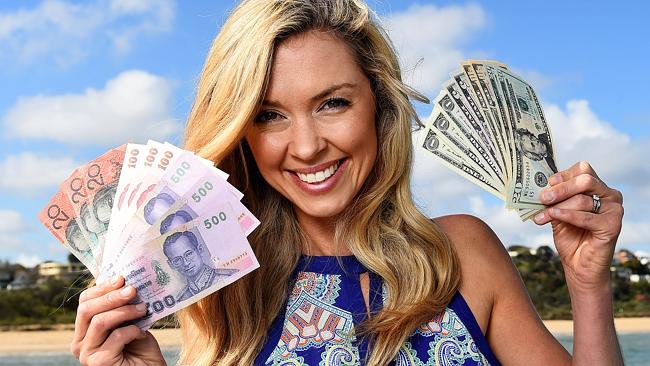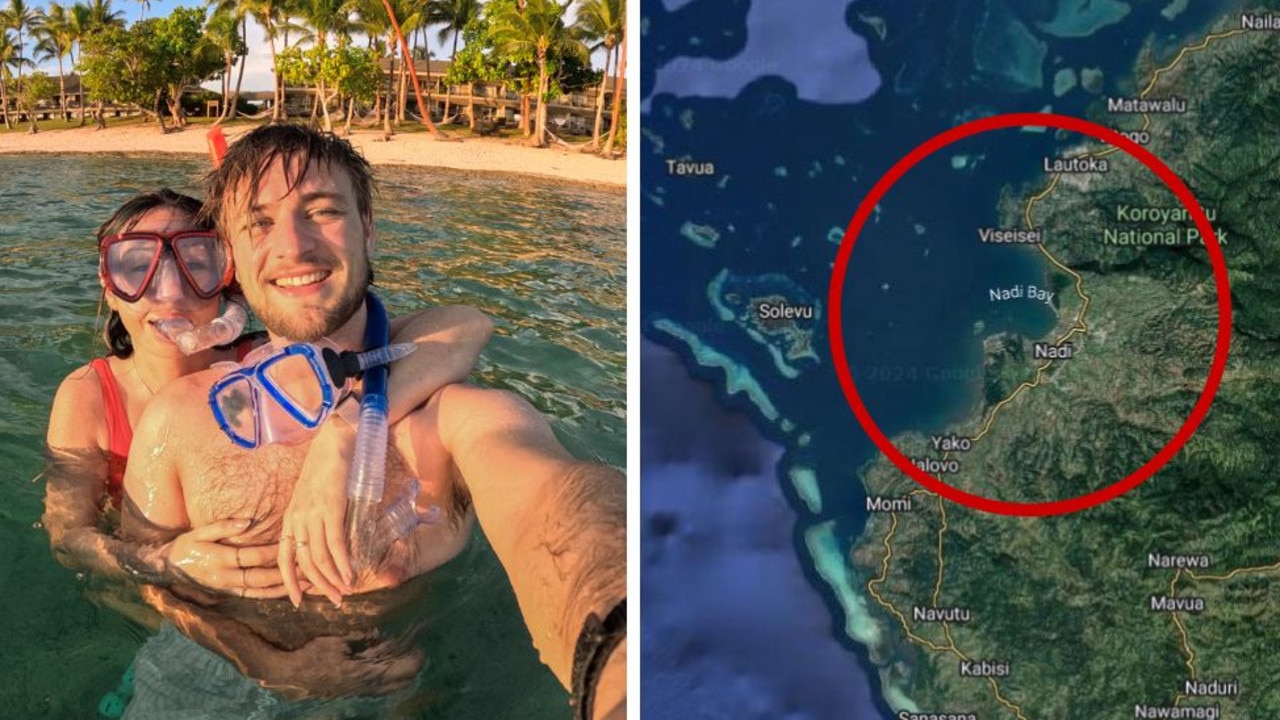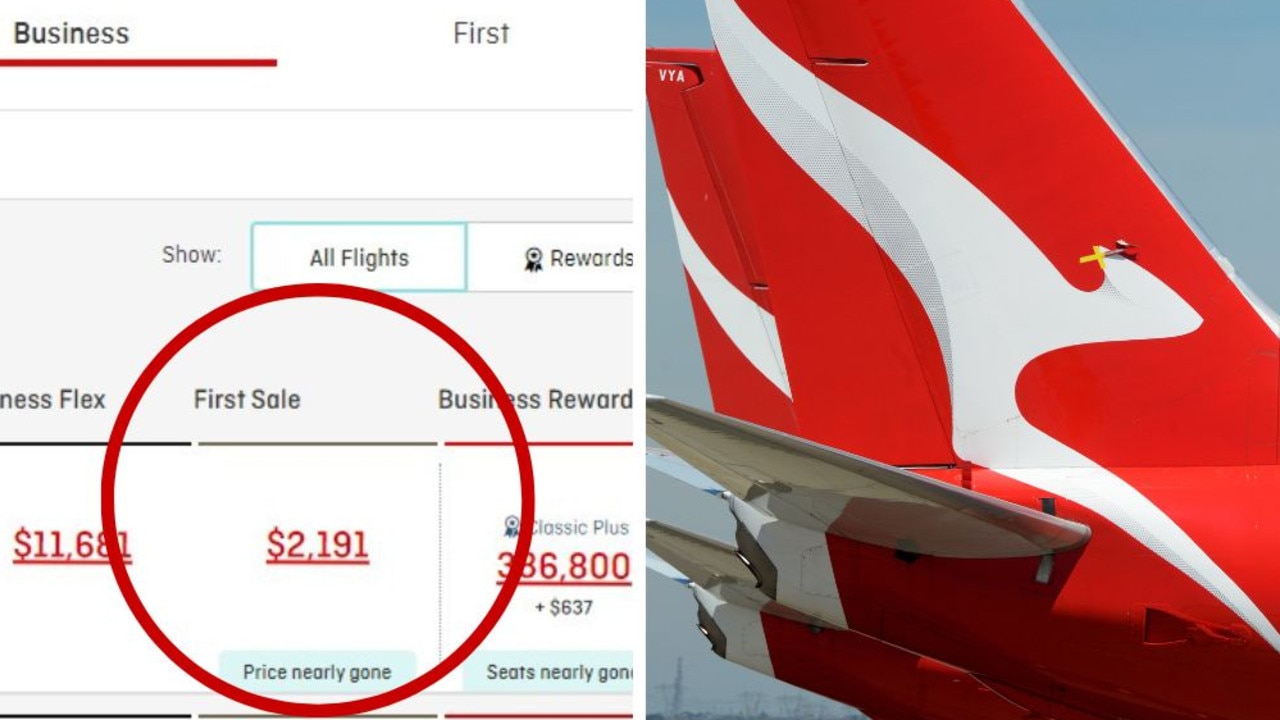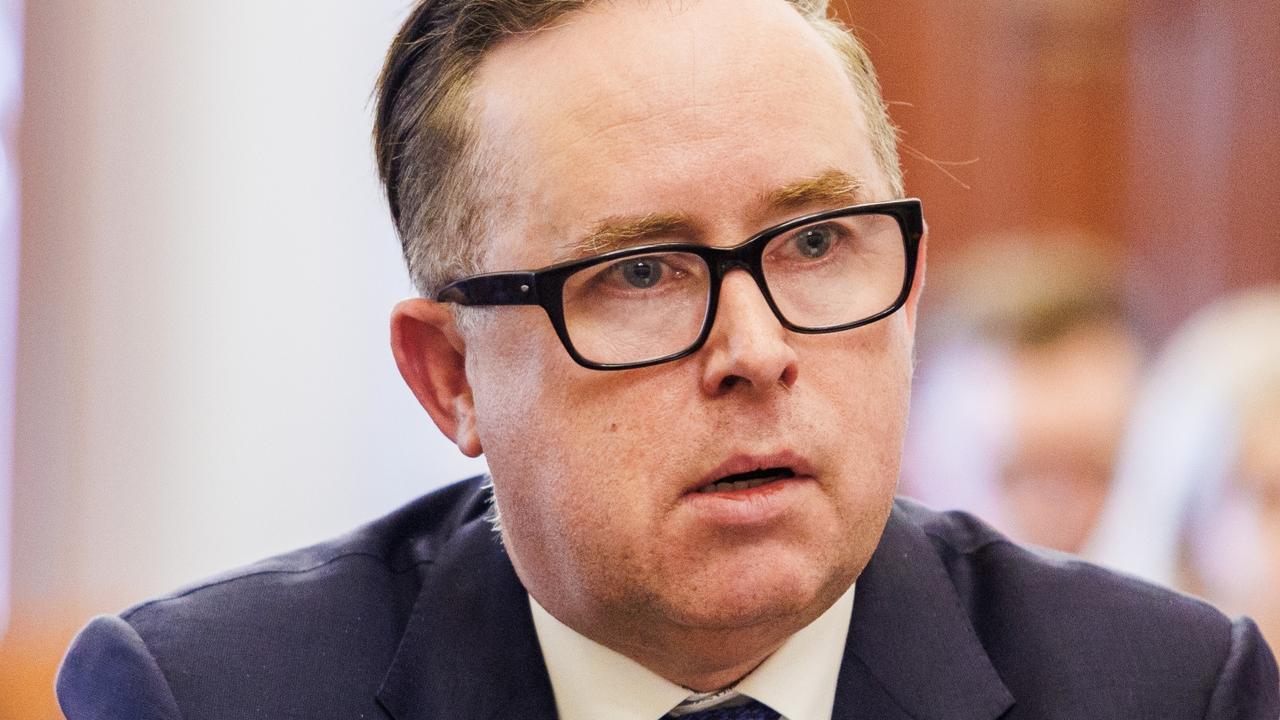How to stretch the weaker Australian dollar when travelling overseas
THE Aussie dollar may be down, but it’s not out. Here’s where and how to make the most of our currency elsewhere.

AUSTRALIANS have gained an appetite for overseas travel on the back of our currency’s kudos. The dollar’s powerful ride against the greenback – peaking at $US1.10 in 2011 – has allowed us to venture further, stay longer and live larger.
But this month the dollar slumped to a four-year low of US87c, and there are signs it will remain lower as the US economy recovers, and at least until the Reserve Bank starts raising interest rates. Most analysts tip a further decline to as little as US77c in 2015.
So with the dollar’s parity party days over for now, are the spoils for travellers fading too?
Not if you plan ahead, consider different destinations and be smart about where and how you buy travel dollars.
The Aussie has lost ground against multiple currencies this year but it’s still going great guns in Asia, holding up best against the Japanese yen and Indonesian rupiah, according to Expedia’s 2014 Foreign Exchange Index.
But travellers looking for favourable exchange rates should eschew Malaysia, China and the UK where the dollar’s buying power has fallen up to 28 per cent in the past year.
Once you’ve chosen your destination look for ways to lock in the most favourable exchange rate.
Flight Centre corporate affairs manager Haydn Long recommends booking and paying for hotels, transport and excursions ahead in Australia to avoid nasty exchange rate surprises on your trip.
“Pay for as much as you can of your travel before you go. This way you lock in a rate and you know how much you have left to budget for spending money,” Long says.
He also says there are other ways to make up for the currency shift, and you can generally save by shopping around for discounts on airfares and packages.
Long says savvy travellers take currency shifts into account when booking.
“If the dollar is weaker, they may shorten their stay or opt for four-star accommodation rather than five,” Long says.
Travel Money Oz general manager Dion Jensen recommends exchanging currency ahead of your trip “so that you can shop around and lock in the best rate”.
“Avoid airports and tourist areas as the currency exchange businesses in these areas have a captive audience and will offer the worst exchange rates and higher fees and commissions,” Jensen says.
Watch out, as not all currency exchange outlets include fees or commission in the advertised rate, he says.
Try to pay in the local currency rather than the dollar when using credit cards or travel money cards as Australian funds attract higher fees and a steep exchange rate.
To avoid the vagaries of dollar volatility you could lock in at a set rate and gain a little more spending certainty while on holiday.
CommSec senior economist Savanth Sebastian sees the currency “bouncing around” between US87c and US91c over the next six to nine months before falling to US75c longer term.
Like many exchange experts, Travel Money Oz’s Jensen recommends buying a prepaid travel money card and load it with foreign currency, known as cash passports.
Travel money cards lock in foreign currency at that day’s exchange rate. This sits in credit on the card in the foreign currency – unlike the fluctuating exchange rate that applies to credit cards and ATM withdrawals when used overseas.
“You won’t be charged withdrawal fees from inter-national ATMs, and you avoid the sting of overseas credit card charges,” Jensen says.
Security, convenience and relative affordability have made cash passports popular but like all travel money options, there are some fees involved so shop around.
Watching exchange rates is nothing new to Channel Nine presenter and travel blogger Brodie Harper who checks what the Australian dollar is fetching overseas most days.
“I’m always planning my next trip so it can influence my next travel location,” she says.
“As soon as I book a trip – if the dollar is OK – I will change 50 per cent of my spending over. I also try to book
hotels direct.”
She also suggests trying to estimate exactly how much you plan to spend before you go. “The fewer transactions you do over there, the more you save.”
Where is the dollar heading?
ThinkForex senior markets analyst Matt Simpson
Dollar to trade between US77 and US85c next year.
“The wheels are finally beginning to fall off the Australian dollar after a prolonged time at historically high levels.”
Western Union Business Solutions currency strategist Steven Dooley
Dollar to be US85c by the end of the year.
“While a lower Australian dollar might mean less spending money for US-bound travellers, it’s the greatest good for the greatest number of people.”
CommSec senior economist Savanth Sebastian
Dollar to “bounce around” between US87c and US91c in the next six to nine months.
“In the longer term we might see something of (US75c) magnitude.”
Where your dollar dazzles
Japan (Yen)
Indonesia (Rupiah)
Brazil (Real)
Canada (Dollar)
Thailand (Baht)
Singapore (Dollar)
Where it doesn’t
Vietnam (Dong)
United Arab Emirates (Dirham)
USA (Dollar)
UK (Pound)
China (Renminbi)
Malaysia (Ringgit)
Source: Expedia 2014 Foreign Exchange Index (RBA statistics)



